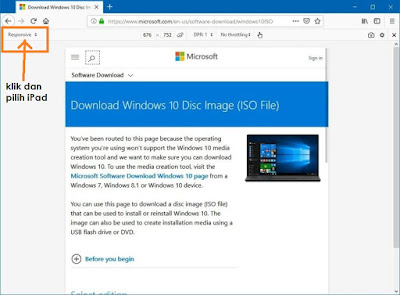ASSIGNMENT 2
TRUE/FALSE
Chapter 4: Multithreading
- A thread is a flow of control within a process. [ T / F ]
- A multithreaded process contains several different flows within the same address space.[ T / F ]
- The benefits of multithreading include decreased responsiveness to the user.[ T / F ]
- User-level threads are threads that are visible to the programmer and are unknown to the kernel.[ T / F ]
- In general, user-level threads are faster to create and manage than are kernel threads.[ T / F ]
Chapter 5: CPU Scheduling
- * some questions missing here
SHORT ANSWER
Chapter 4: Multithreading
- Briefly explain single-threaded process and a multithreaded process and how they are differs.
- The benefits of multithreaded programming can be broken down into four major categories (Responsiveness, Resources Sharing, Economy, utilization of multiprocessor): Briefly explain each of them.
- Explain the three models of multithreading
Chapter 5: CPU Scheduling
- There a re five (5) criterion that have been suggested for comparing CPU scheduling algorithms. List and briefly explain each of them.
- Consider the following set of processes that arrive at time 0, with the length of the CPU burst given in milliseconds:
Process Burst Time Priority
P1 15 3
P2 10 1
P3 3 3
P4 5 2
P5 9 4
The processes are assumed to have arrives in order P1,P2,P3,P4,P5 all at time 0.
- Draw four Gantt charts that illustrate the execution of these processes using the following scheduling algorithms : FCFS, SJF, nonpreemptive priority ( a smaller priority number implies a higher priority), and RR (quantum = 5).
- What is the average waiting time of each process of the scheduling algorithms in part a?
- What is the turnaround time of each process of the scheduling algorithms in part a?
- Which of the algorithms in part a results in the minimum average waiting time (over all processes)?
Due date 14/3/2011




No comments:
Post a Comment